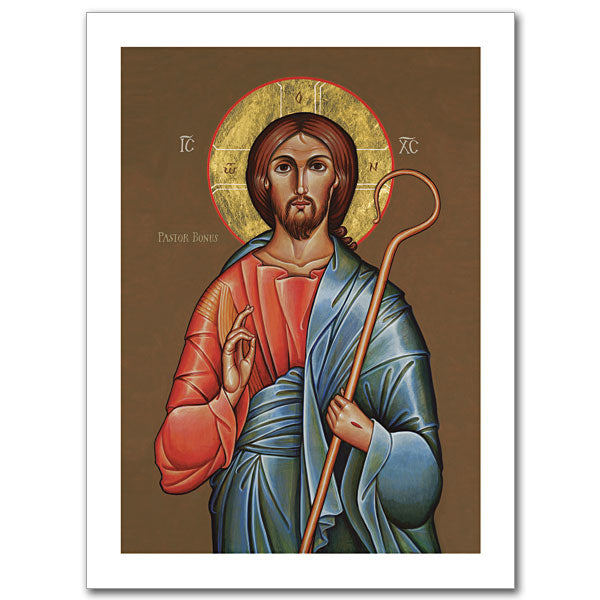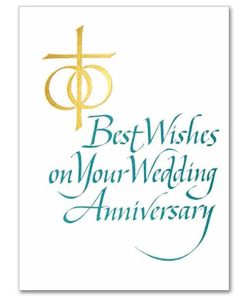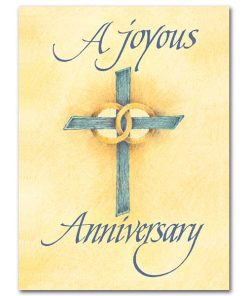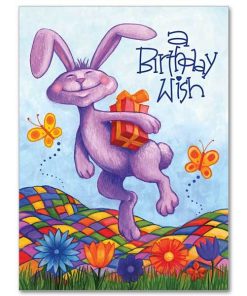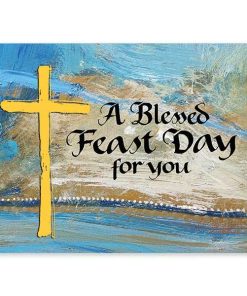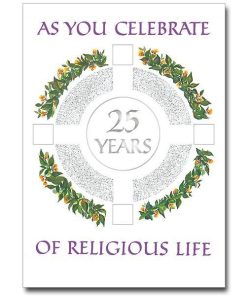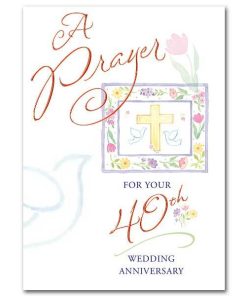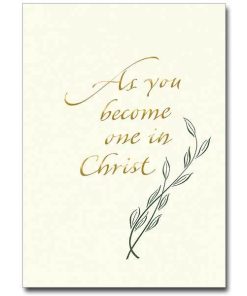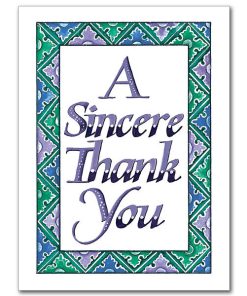Pastor Bonus Icon Greeting Card PH
$ 5,99 $ 3,59
Size (in inches):
4.375 x 5.9375 (A-6)
Inside Text:
Blank inside.
Bible Verse:
John 10:14
I am the good shepherd. I know my sheep, and my own know me…
Item Details:
To the traditional iconographic image of Christ the Benefactor Br. Claude Lane, O.S.B. has added Biblical imagery of the Good Shepherd, drawn from St. John’s Gospel, chapter 10, and the 23rd Psalm. Jesus’ hands show the wounds of the cross because the good shepherd lays down His life for His sheep (John 10:11). He holds a staff, or crosier, to indicate that He is the guardian of His flock. Many of us go through life feeling lost or without purpose, but this image helps us contemplate the Divine Compassion of God, “the guardian of our souls” (1 Peter 2:25).
Icon greeting cards are single-fold cards printed on heavy stock, 4.38″ x 5.93″. The cards are blank inside for your own message or custom imprint and have an explanation of the history and symbolism of the icon printed on the back.
Image Origins
The imagery for this icon is taken from St. John’s Gospel in which Jesus describes himself as “The Good Shepherd,” (see John 10:11-16), and has allegorical roots in the familiar Psalm 23. It has been a popular image throughout Christian history but its artistic origins and ethos are found in pre-Christian, Greco-Roman culture. In various places, but especially in tombs, we find images of a man carrying a lamb on his shoulders —the good shepherd. It is a secular image representing universal benefaction to all peoples. It is thus no surprise then, that this concept and aesthetic form was later applied to Jesus. This particular icon departs from the secular Greco-Roman designs and combines a Christ the Benefactor motif (a form of the Christ Pantocrator, a common depiction in iconography) with shepherd imagery. The classic half-length, frontal view of the Savior with hand raised in blessing and a slight look of empathy in his expression is a classic iconographic style and indicative of the Benefactor. The image was written by Br. Claude Lane, OSB in 2001 as part of Mount Angel Abbey’s preparations for the election of a new abbot. It is used liturgically for the Solemnity of Christ the King (last Sunday before Advent), and on Good Shepherd Sunday (fourth Sunday after Easter)
Theology and Symbolism
Christ the Benefactor is a classic motif in iconography, and depicts a sympathetic Redeemer, rather than the more stern “Lord of All” found in similar Pantocrator images. In these icons Christ is shown with a hand raised in blessing. The two extended and lowered fingers denote the dual natures of Christ. Jesus’ red and blue clothing represent His “humanity cloaked in divinity.” The rather elongated face, thin nose and relatively large eyes create a mystical appearance that draws one in to the Holy Face. The circular strands of hair represent the endless flow of time. To this traditional image of Christ the Benefactor Br. Claude has added Biblical imagery of Jesus as the Good Shepherd. His hands show the wounds of the cross because the good shepherd lays down His life for His sheep (John 10:11). His staff is turned outward to indicate that He is the true Shepherd who knows his sheep. This out-turned crosier is an appropriate symbol for the newly elected abbot of Mount Angel Abbey because the abbot is recognized by his monks as the one who takes the place of Christ in their community and the true guardian of the flock. (Incidentally, visiting abbots turn their crosiers inward in deference to the abbot of the host community). St. Benedict uses pastoral imagery throughout The Rule when describing the abbot as “not driving the flocks too hard” and “entrusted to watch over the sheep.” Christ’s halo, the iconographic symbol for sanctity, is inscribed with a cross (the nimbus) and the Greek letters omicron, omega, nu, spelling “HO ON.” In English, this becomes “The Existing One,” the second half of the name used for God in Exodus 3:14 which is traditionally translated from Hebrew to English as “I Am Who Am.” The abbreviated Greek form of the name Jesus Christ, “IC XC,” appears around the head of Our Lord. The face is the “true icon” and thus the name appears there. Sometimes in life, we may feel lost or without purpose. This icon serves as a reminder that we are always looked after with a shepherd’s care. Christ knows His own sheep and lays down his life for them. In contemplating this holy image, God’s Divine Will and infinite compassion draw us closer to the Pastor Bonus who left the ninety-nine sheep to go after the one that was lost (see Luke 15:4).
Fast Shipping and professional packaging
Through our long-term relationship in a long-standing partnership with UPS, FedEx, DHL and many other leading global carriers, we are able to offer a variety of shipping options. Our warehouse staff are highly trained and will pack your products in accordance with our exact and accurate specifications. Before they are shipped your items will be thoroughly examined and secured. We ship to thousands of customers each day from multiple countries. This shows our commitment to becoming the biggest retailer online in the world. The distribution centers and warehouses distribution are located in Europe, as well as the USA.
Note: Orders containing more than one item will be assigned a different processing time for each item.
Prior to shipment We will examine thoroughly the items you've ordered. Today, the majority orders will be delivered within 48 hours. The delivery time varies between 3-7 days.
Returns
The inventory is always changing, and is not completely managed by us because of the involvement of multiple parties including the factory and our warehouse. The stock can change at any time. Please understand it may happen that your order will be out of stock once your order has been made.
Our policy is valid for a period of 30 days. Unfortunately, if the 30 days have elapsed from the date you purchased the item, we will not be able to offer you a return or exchange.
You are able to return an item if it is unused and still in the same condition when you received it. The item must be in the original packaging.
Related products
Greeting Card
Greeting Card
Greeting Card
Greeting Card
Greeting Card
Greeting Card
Greeting Card
Greeting Card
Greeting Card
Greeting Card
Greeting Card
Greeting Card
Greeting Card
Greeting Card
Greeting Card
Greeting Card
Greeting Card
Greeting Card
Greeting Card
Greeting Card
Greeting Card
Greeting Card
Greeting Card
